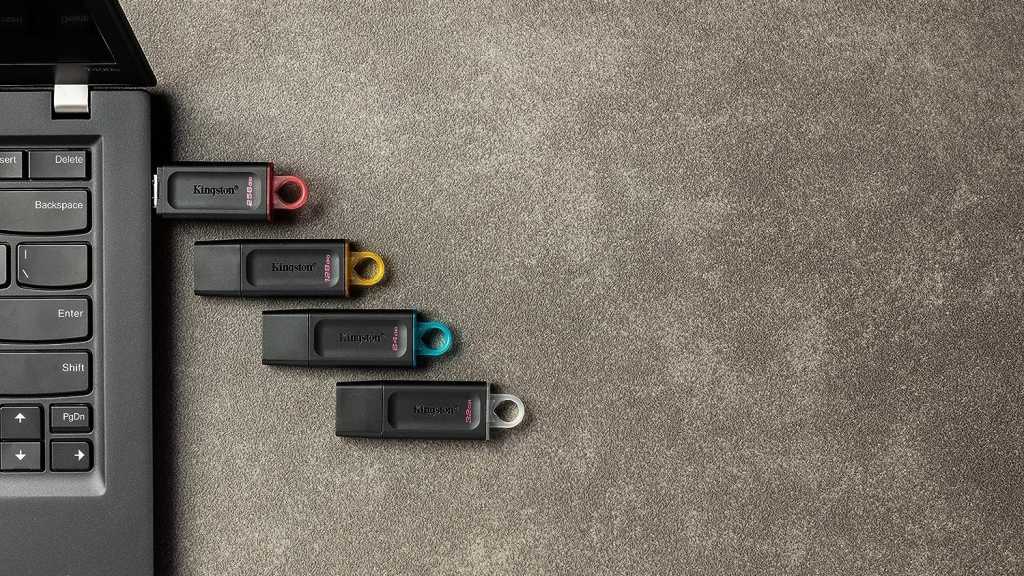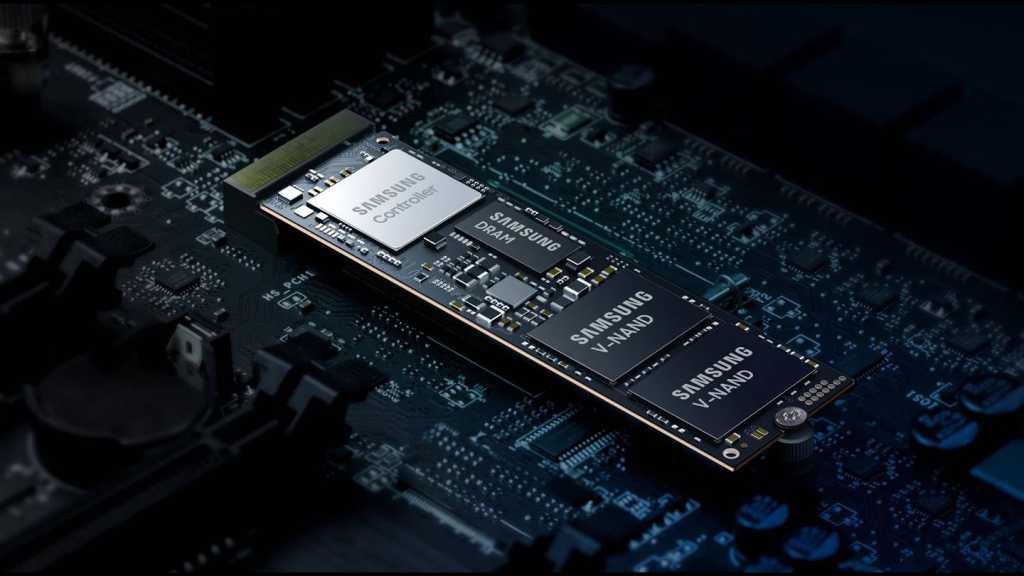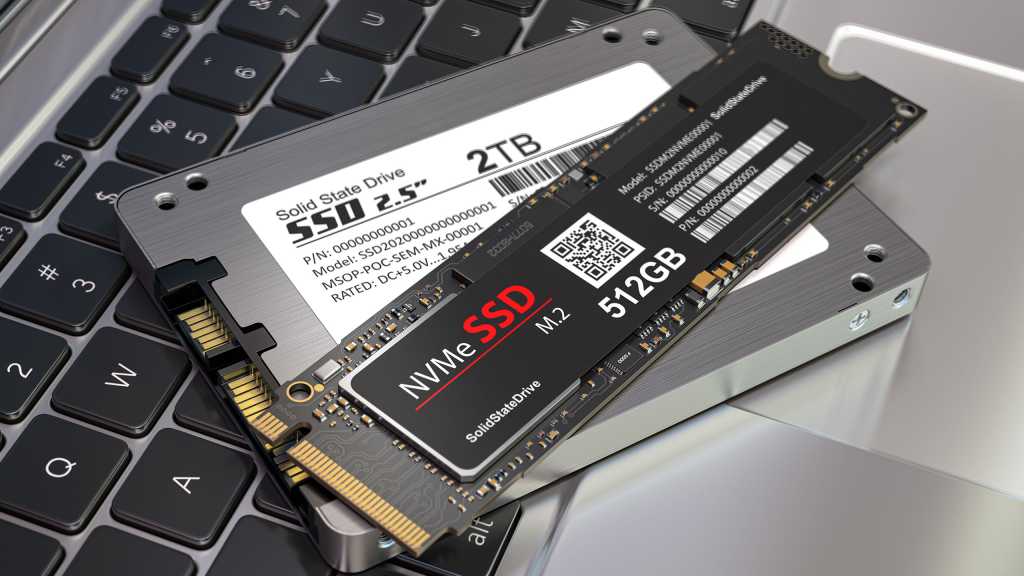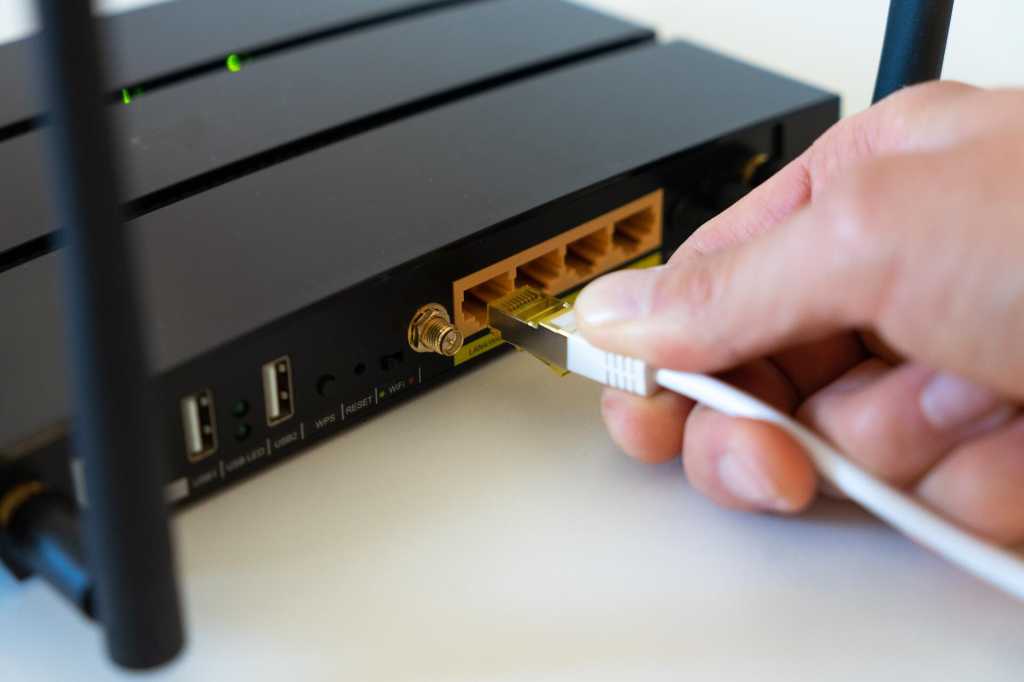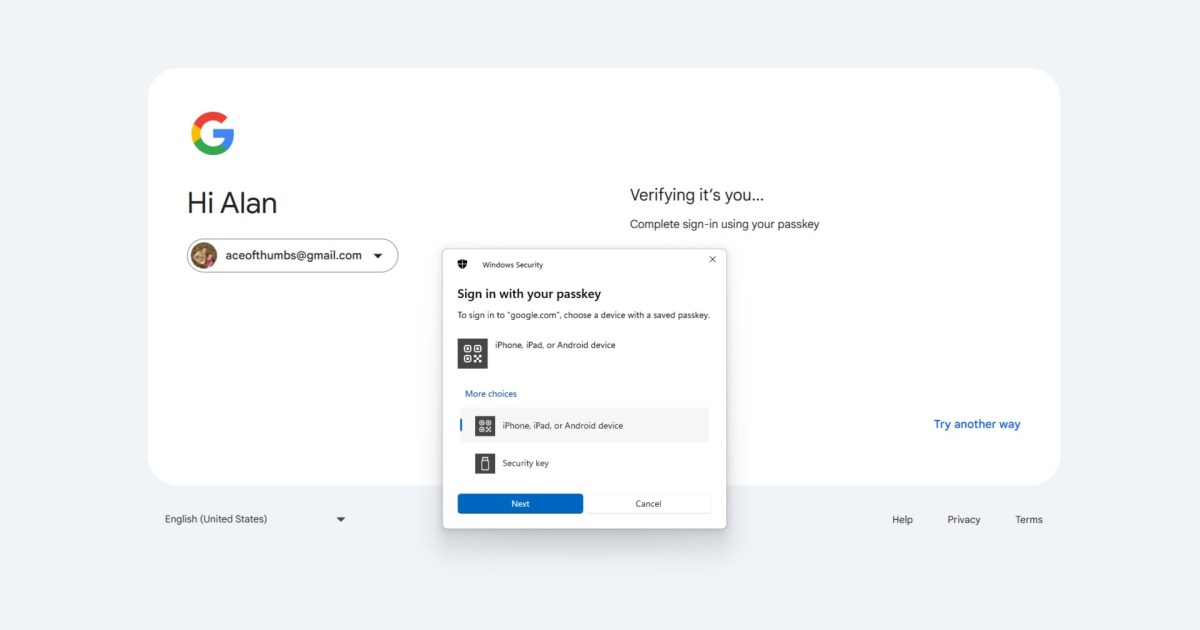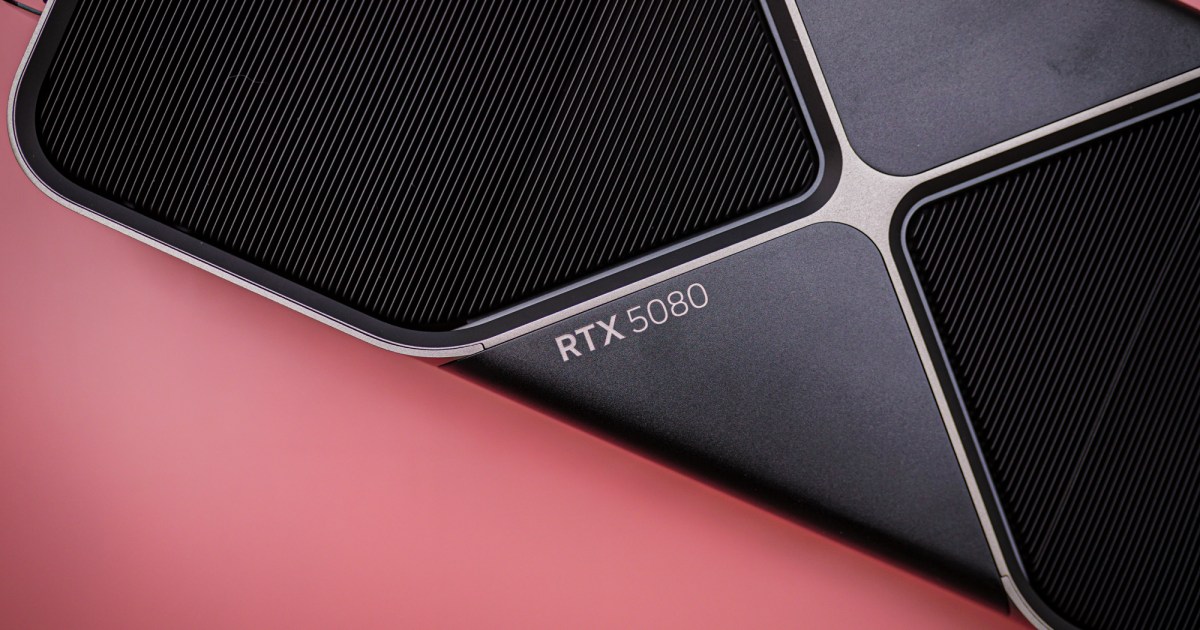A USB flash drive’s data lifespan depends on several factors. Under ideal conditions, data on a high-quality USB drive should last at least ten years, possibly longer. But what constitutes “ideal conditions,” and how realistic is this estimate?
USB drives, or flash drives, utilize NAND flash memory, storing data as binary values (zeros and ones) in memory cells. These values are represented by electrons trapped within a “floating gate.” Over time, these electrons can “leak,” degrading the data as it becomes increasingly difficult to distinguish whether the charge state represents a one or a zero.
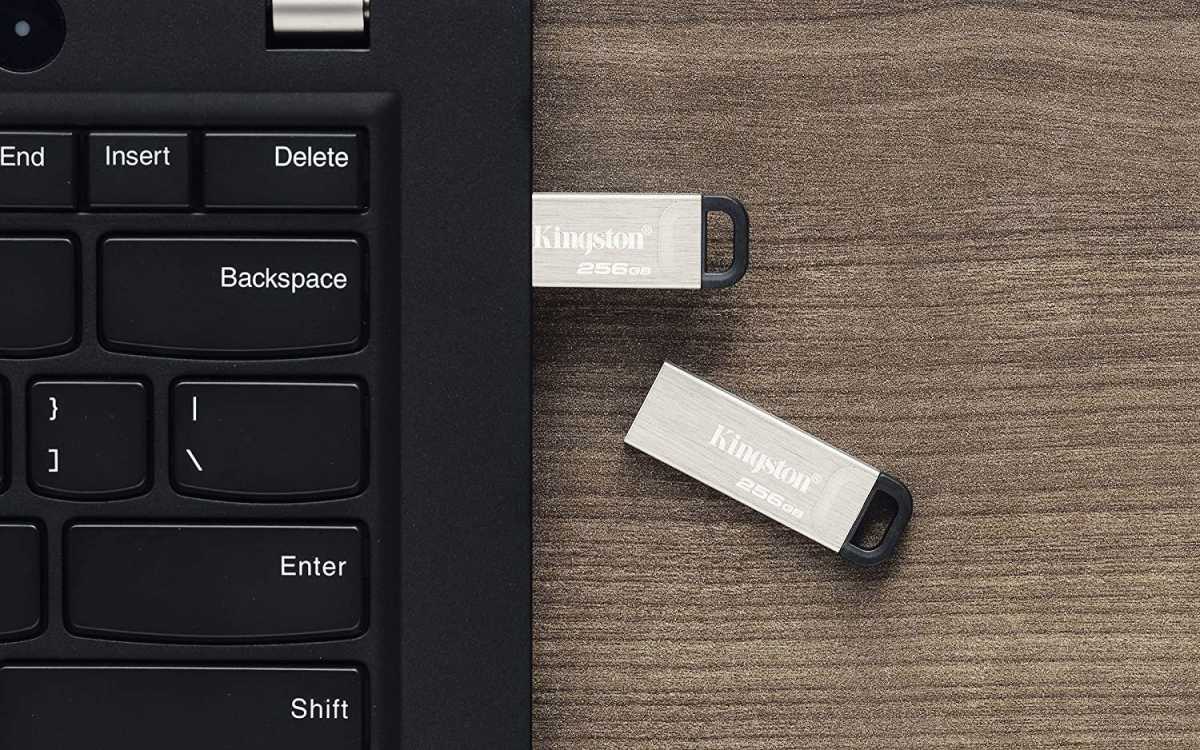 Kingston USB-Sticks
Kingston USB-Sticks
Several factors influence a USB drive’s data retention: the quality of the NAND flash memory, the overall build quality of the drive, and the number of write cycles (how often data is written and erased). Cheaper models often have shorter lifespans.
As write cycles increase, the likelihood of data degradation rises. Extreme temperatures, high humidity, and dust can also negatively impact data longevity. Prolonged exposure to high temperatures accelerates electron “leakage,” potentially corrupting or erasing data.
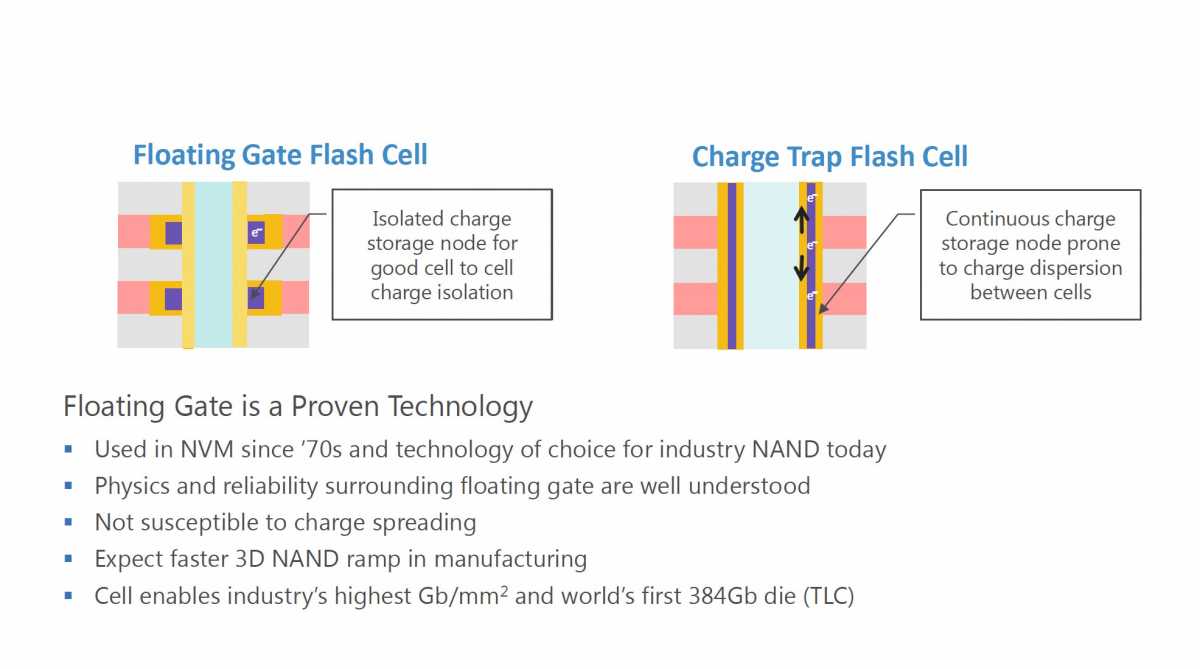 Floating Gate
Floating Gate
Consequently, a USB flash drive isn’t ideal for long-term data storage, especially as the sole backup method. Regular backups to other media, like external hard drives, are crucial. For truly long-term archiving, consider archival-grade tapes or optical media.
Remember, storing critical data in only one location and on a single medium is risky. Flash drives are best suited for quick file transfers and creating bootable media. For secure, long-term storage, explore more robust alternatives.
Use an External Drive for Long-Term Storage
Samsung T7 Shield
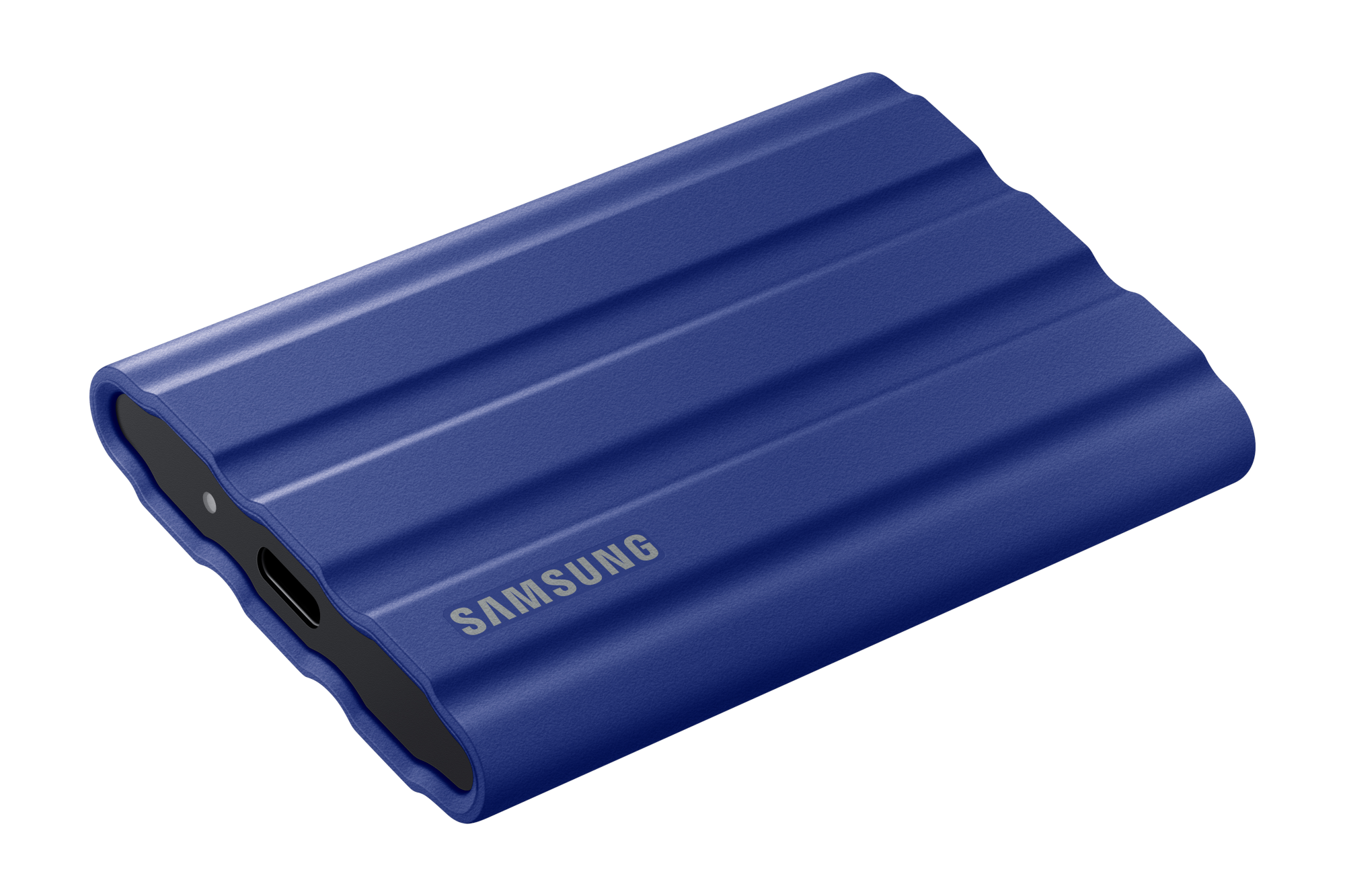 Samsung T7 Shield
Samsung T7 Shield
Read our review
Price When Reviewed: $160 for 1TB | $290 for 2TB
Best Prices Today: $79.99 at Samsung | $107.99 at Amazon | $107.99 at B&H



